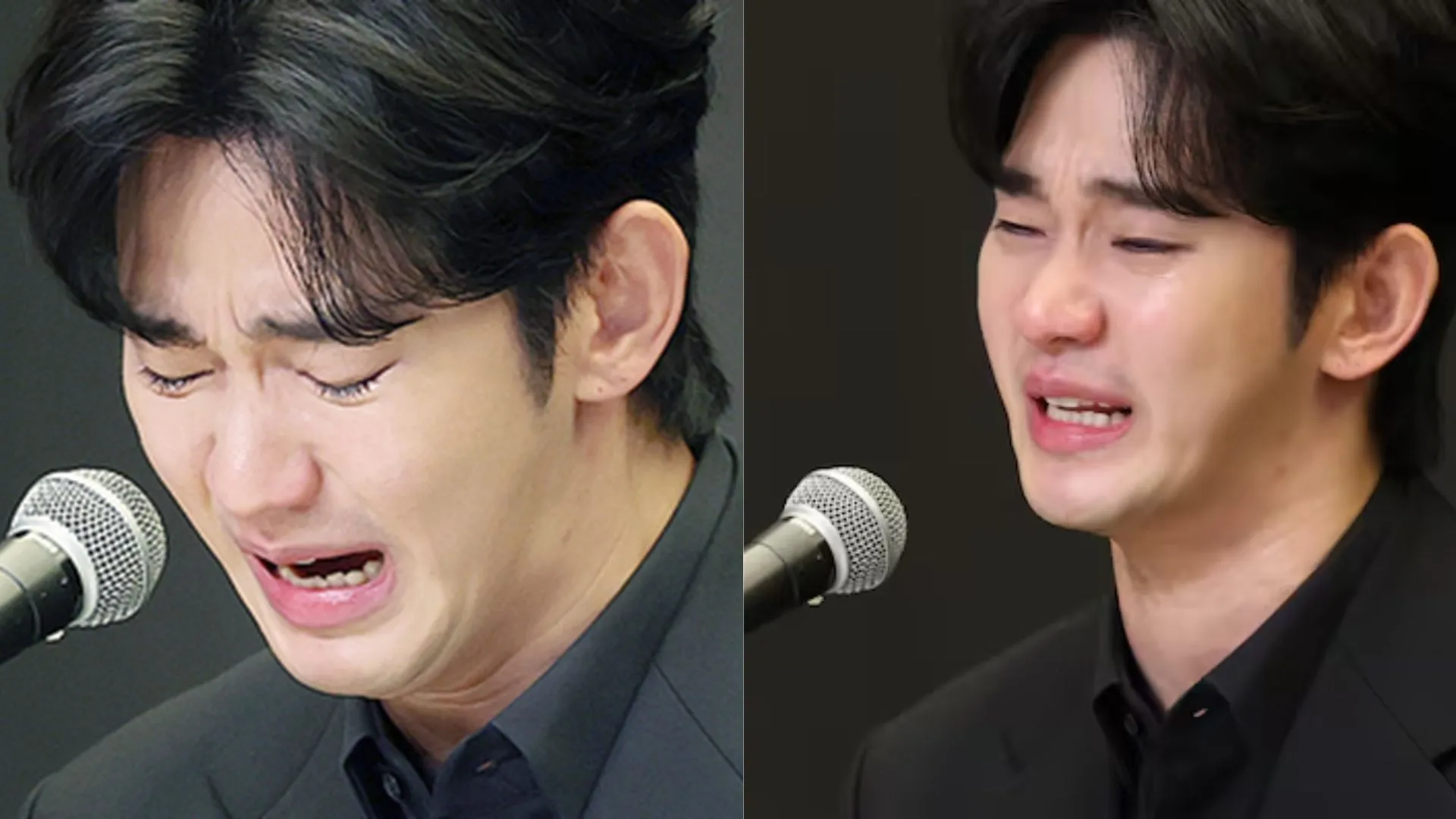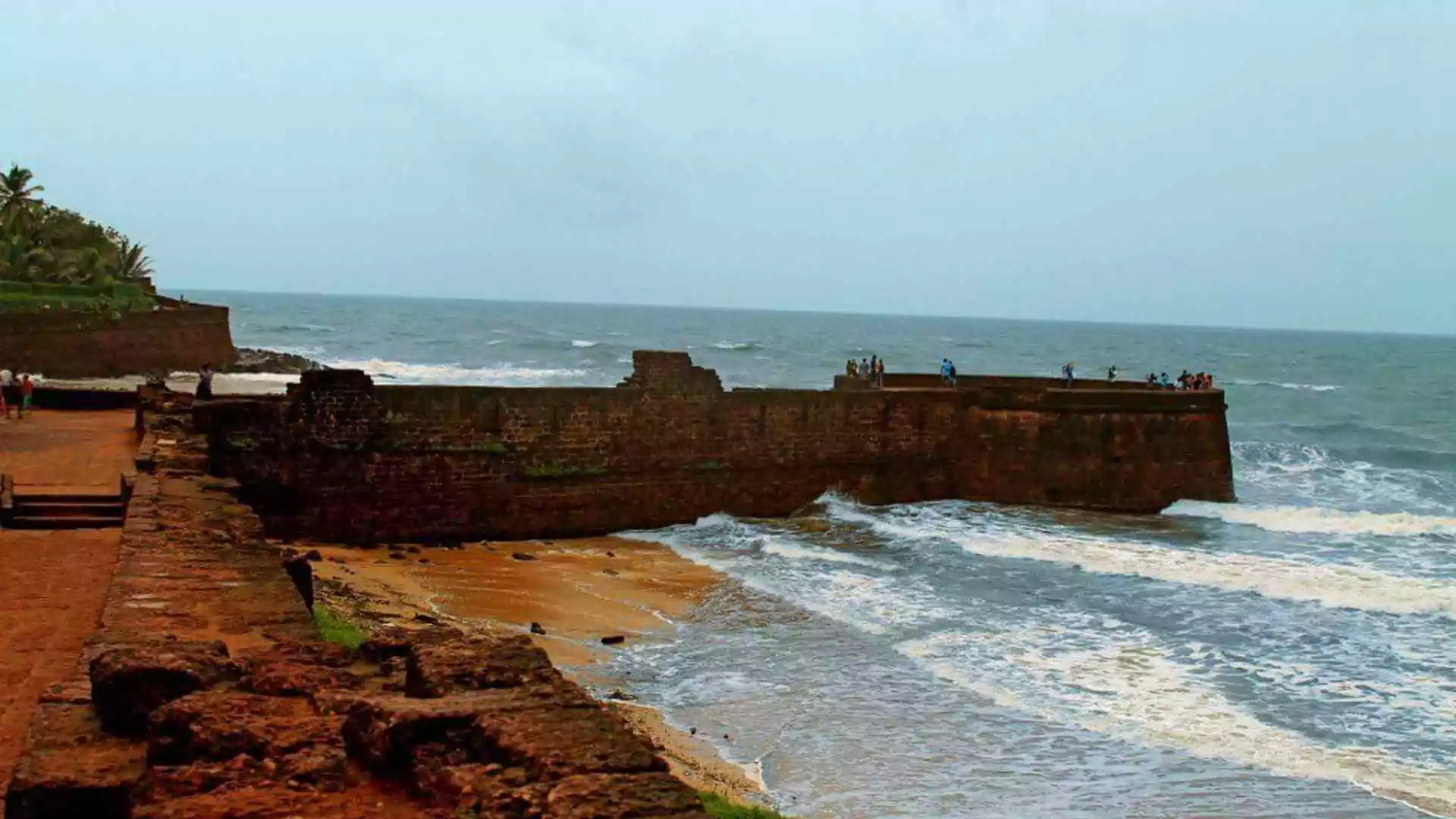Haven’t we all at least once planned to go to Goa for a fun trip with our friends? I know I did, all my school life, because Goa has always been the party destination best known to youngsters in their late teen years and young adults.
But as we grow up, it dawns on you how Goa is so much more than just a party destination for a fun trip with friends. Goa has, in fact, the richest culture that has taken a back seat over the past years as it grew to become a more commercialized tourist spot. Goa’s rich cultural heritage spans from its folk music and dances to its traditional dresses to all the things rooted in deep history and tradition and Goa’s rich past as a result of a long-standing struggle for freedom.
Folk Music Of Goa
Folk music abounds in Goa’s cultural legacy, which merges nicely with influences from Western compositions. Goan artists use the Portuguese ways of integrating violin, piano, and mandolin. Dekhni, Mano, Fugdi, and Corridinho are some of Goa’s most well-known folk dances. Emiliano D’cruz, Prince Jacob, Rosario Rodrigues, Souza Boy, M. Boyer, Tony King Alfred Rose, Kid Boxer, and J. B. Rod are just a few of the amazing vocalists from Goa. The performing arts are very popular among Goans. Goan dances such as Fugdi, Dhalo, and Kunbi, which trace back to the Portuguese era in Goa, are a magnificent combination of Indian and western dance traditions. Folk dances and music are performed throughout the state for both religious holidays and happy occasions.
Folk Dances In Goa
The Dekhni dance is one of Goa’s most well-known dancing genres. This dance form is performed while wearing a ghumat and is accompanied by a song with western roots, despite the fact that the dance is of Indian heritage. Only the ladies of the village perform the Dekhni dance, which is one of Goa’s most well-known customs.
Goff Tolgadi and Shigmo, on the other hand, are two Goan dance styles that are mainly performed during the spring months as an offering and celebration of the season’s bounty for the peasants and their crops. People from the Canacona Taluka (region) of Goa frequently do the Goff, which consists of weaving braids with various hues of colour.
Traditional Shigmo dances are done in colourful costumes to the rhythms of the dhol, tasha, or cymbals. Processions of floats, on which enthusiastic performers portray acts depicting Goa’s history, may be observed all throughout Goa’s streets.
Traditional dresses of Goa
The state’s tropical environment necessitates the use of light cotton clothing. Catholic ladies wear gowns and dresses, whereas Hindu women wear Navvari sarees. Pano Bhaju, Kashti, and Valkal are some of the other important costumes in Goan culture. Men, on the other hand, do not have any particular attire but are often dressed in shirts and half pants. Among visitors, brightly coloured shirts with half-pants and bamboo hats are emblematic of Goa. The famed Goa Carnival showcases the state’s vibrant colours and costumes.
The indigenous people of Goa use a ‘Kashti’ loincloth with a blanket thrown across their shoulders as their clothing. The ladies dress in a traditional sari with a knot tied with their ‘Kunbi palloo’ and have a particular style.
What is Goa famous for?
- Fascinating beaches-— its beaches, to be precise, are why people come here. Every five minutes of your journey from north to south will take you to a new beach, with fresh shacks and a new feel. Baga, Candolim, Anjuna, and Vagator are popular choices in the north, while Palolem, Agonda, and Utorda are popular in the south.
- Vibrant carnivals-— Goa comes alive in February to celebrate the carnival. The celebration, which goes back to the Portuguese era, is celebrated with considerable fanfare across the state, with the Catholic community leading the way. People will be dressed in traditional or even extravagant attire all throughout the city and villages, and there will be wonderful food and wine, making it a celebration!
- Festive vibes in December-— Goa, which was governed by the Portuguese until 1961, is densely fortified with churches. When it comes to Christmas, the large Catholic population celebrates with vigor. Dances are planned, as are adorned streets, Christmas parties, several weddings, carol singing, and other activities. If you can stomach the crowds, December is a great time to visit.
- Watersports-— paragliding, parasailing, banana boat rides, and snorkeling are all available on most of Goa’s major beaches. You may also go scuba diving on select beaches. During the peak season, from October to February, costs are higher, but it’s also more enjoyable.
- The Portuguese colonies— Goa was governed by the Portuguese for a long period, until 1961. Many places, notably Panjim and Altinho, where most of the Goan government is based, have a strong Portuguese influence. Apart from that, even the houses in the villages and the churches have a distinct Portuguese flavour to them. Many of the elderly people still speak the language.
- Wildlife sanctuaries-— Goa may be a small state, but it is densely forested and home to a diverse range of animals. Bondla Wildlife Sanctuary, Cotigao Wildlife Sanctuary, and Netravali Wildlife Sanctuary are among the several wildlife sanctuaries in Goa. From the Indian bison to the sambar deer to the Malabar giant squirrel, you’ll discover a diverse assortment of Indian wildlife here. Many reserves provide animal safaris throughout the year, with some even giving night expeditions.
- Dudhsagar Waterfall— The Dudhsagar waterfalls, India’s most popular tourist attraction, are a sight to behold once in a lifetime. The greatest time to view this magnificent sight is right after the monsoons have passed. With a height of 1017 feet, it is India’s highest waterfall.
- Architectural wonders-—churches and Old Goa- When the Portuguese governed, Old Goa was the capital of the state of Goa. The beauty and architectural grandeur of the churches and cathedrals that are still in use and tastefully maintained may be seen in ancient Goa. Visit the Basilica of Bom Jesus, a UNESCO World Heritage Site that houses the relics of St. Francis Xavier. Alternatively, take a stroll around the villages and explore the historic houses, some of which are in ruins, to get a flavour of what Goa was like decades ago.
If you want to experience Goa’s true beauty, you must visit Old Goa and its iconic churches. These sacred sites provide you with an unparalleled sense of tranquility, structural excellence, legacy, and history. These Goa churches exhibit remarkable Portuguese style and architectural splendor that you should not miss. Bom Jesus Cathedral, Church of Our Lady of Rosary, St. Francis, Chapel of St. Catherine, and others are well-known churches in Goa.
- Forts-— Although the current Chapora fort was constructed in 1717, the fort’s history dates back at least three centuries. The fort is well known in India today as the location of the Bollywood film Dil Chahta Hai. Check out the views of Pernem, Vagator, and the Arabian Sea from this vantage point. If you like it, there are plenty of other forts to explore in Goa, including Aguada near Sinquerim and Cabo De Rama in Canacona.
The list of things that make Goa so famous doesn’t end here. There are so many more things that are just as fascinating and exciting, like the nightlife in Goa, its seafood, shopping in Goa streets, its laidback lifestyle and its different kinds of parties.






















